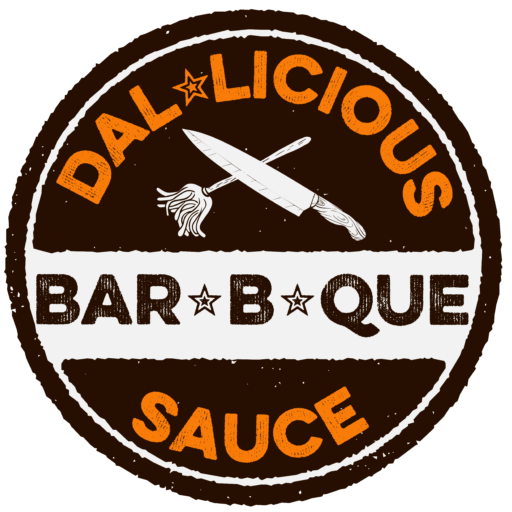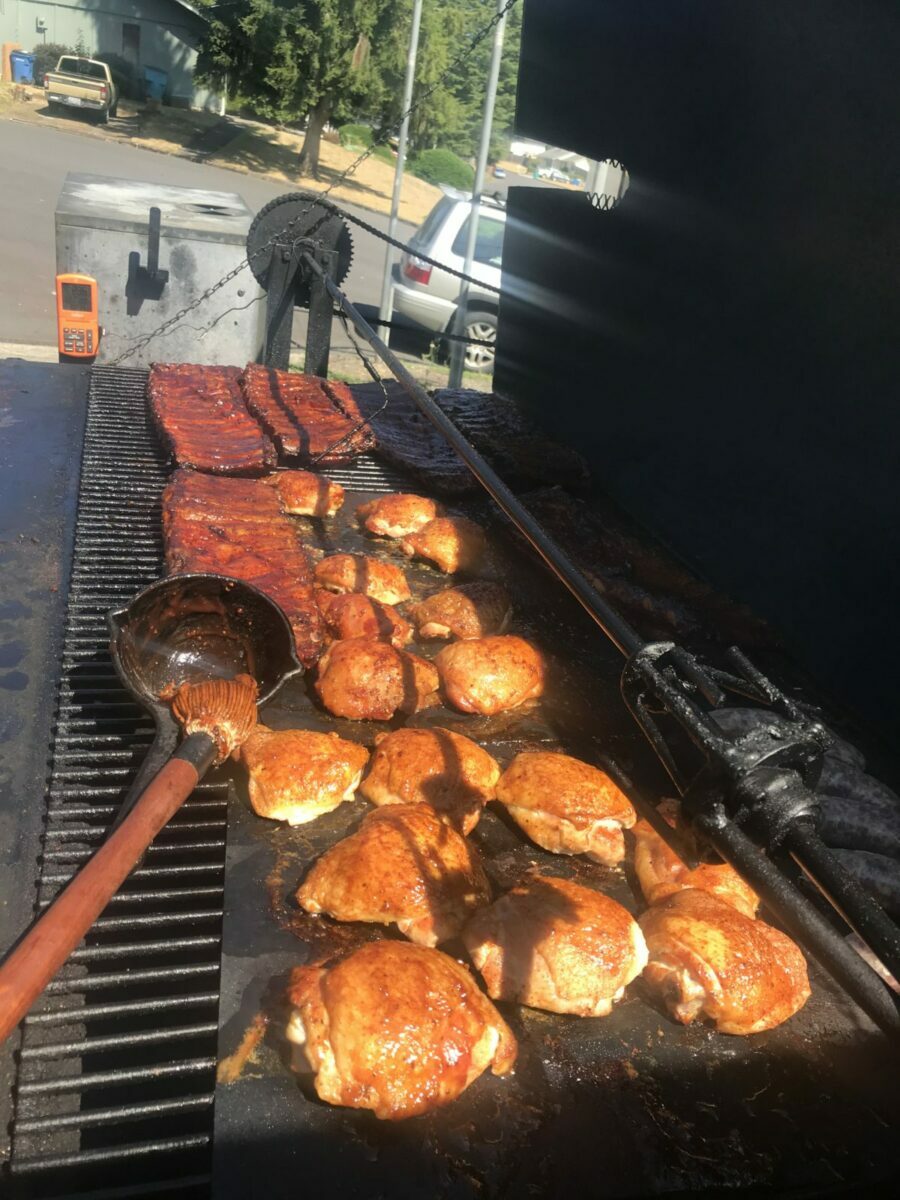I’m going to kick things off by discussing how you can elevate your smoking game by selecting the right cuts of meat. When it comes to smoking, the cut you choose is as critical as mastering the art of keeping your smoke steady. But it’s not just the cut that’s important; it’s also about the quality of the meat you’re using. That brings us to something crucial that often gets overlooked: meat grading. In the United States, there are three grades you’ll commonly encounter – Select, Choice, and Prime.
These grades impact the overall quality of the meat, how well it absorbs smoke, and of course, the flavor. Many beginners may focus solely on the type of meat, but I’m here to help you understand the subtleties, starting with meat grading and how it can make or break your barbecue. By taking this into consideration, you’re going to find out about all the ways meat quality affects the outcome of your smoking endeavors.
Choosing the right cut of meat isn’t just about what looks good in the display case. It’s the synergy between the meat’s quality and the specific attributes of that cut which creates that melt-in-your-mouth experience we’re all aiming for. This initial choice has a huge influence on flavor, tenderness, and the overall enjoyment of your smoked meats.
Now, with that in mind, let’s dive – so to speak – into the world of meat grades. You’re going to learn about the differences between Select, Choice, and Prime meats, and get the lowdown on how to choose the grade that aligns with your expectations for smoking. Understanding these grades is the first step to ensuring that your next barbecue is not just good, but great.
Understanding Meat Grades: Select, Choice, and Prime
When you’re staring down the meat aisle, feeling a tad overwhelmed by the options, remember this: the grade of the meat can make or break your smoking success. The USDA categorizes beef into different grades based on a combination of marbling and maturity – factors that influence flavor and tenderness. Now, I’m going to break down these grades for you.
At the base, you’ve got ‘Select‘ – it’s leaner, with less marbling. This grade is going to offer a more budget-friendly price point, but it also means you might sacrifice some juiciness and flavor. ‘Choice‘ is your middle-of-the-road option, sporting more marbling than Select, which translates to better tenderness and taste. And at the top tier, there’s ‘Prime.’ It’s known for its abundant marbling, which is directly linked to that succulent, melt-in-your-mouth experience we all crave when indulging in smoked meats.
Why does all this matter? You may ask. Well, the grade is like a secret decoder ring to understanding the potential of your smoked meat. It’s not just about how long you smoke it or the spices you rub on; it’s largely about the starting quality. The better the marbling, the more likely you are to produce a piece of meat that’s rich in flavor and supremely tender after hours in the smoker.
Don’t worry too much if Prime cuts aren’t in the cards for every smoke-out. Choice cuts can still yield tremendous results, especially when smoked low and slow, allowing the fat to render perfectly. It’s all about knowing your meat, respecting the process, and accommodating for the level of quality you’re starting with. I’ll show you how you can get the most out of these grades in the next section.
Selecting the Perfect Cut: A Guide for Smoking Enthusiasts
When it comes to smoking meat, every cut has its own set of rules. It’s not just about throwing any piece onto the grill; it’s about understanding the unique qualities that each cut brings to the table. I’m going to help you navigate this deliciously nuanced world.
Brisket, for example, is the Everest of smoked meats. It’s a tough cut that comes from the chest of the cow, which means it’s chock-full of connective tissues. When smoked slowly, these tissues break down into gelatin, infusing the meat with flavor and giving it that famous ‘melt in your mouth’ texture.

Ribs, on the other hand, are all about the balance between meat, fat, and bone. They require a keen eye for the right amount of marbling and a patient, discerning approach to cook them to tender perfection.

And let’s not forget pork shoulder – the king of pulled pork. It’s a forgiving cut, loaded with fat and connective tissue that gradually tenderizes into succulent shreds that practically beg for a smoky barbecue sauce.

Now, how do you cook these cuts to bring out their best? You need to match the cut with the right temperature and time. Think of it as a dance between heat and meat. You’re not rushing to the finish line; you’re coaxing the flavors out bit by bit.
As we move beyond the mechanics of selecting your cut, remember that you’re setting the stage for something remarkable. In the next section, ‘Beyond the Grade and Cut: Final Tips for Mastering Meat Smoking,’ we’ll dive into the factors that influence the quality of the meat before it even reaches your smoker. From the animal’s diet to the expertise of your local butcher, this is where the magic starts to happen.
Beyond the Grade and Cut: Final Tips for Mastering Meat Smoking
Now that you’ve got a handle on cuts and grades, let’s take it a step further. Animal diet and lifestyle significantly impact the taste and texture of your smoked meats. Free-range animals that feast on a natural diet tend to produce meat with a robust flavor profile—ideal for the discerning palate of a smoke master.
Your local butchers are unsung heroes in the smoking game. They’re fountains of knowledge when it comes to meat quality and specifics. Building a relationship with your butcher can give you access to top-tier cuts, insider knowledge, and occasionally, those hidden gems that never make it to supermarket shelves.
Pairing the right wood with your chosen meat can make a world of difference. Hickory and oak are smoking staples, but don’t shy away from fruit woods like apple or cherry for a subtle sweetness. The type of wood you use should complement your meat’s natural flavors, not overpower them.
Precision is your ally during the smoking process. Paying close attention to temperature and smoking duration is crucial. Remember that smoking is an art form— the more you practice, the better your results will be. Don’t worry too much about getting everything perfect on your first try. Just keep these tips in mind, adjust as you go, and above all, enjoy the journey of creating something dallicious!


Thank you Roland for all of these tips for smoking. I’ve never done it before, but after reading all that I’ve read here today, I kind of want to start doing this. The smoker is have is one that is attached to the grill I have, is this a good option? I’ve never used it, but I would like to start to try and use it. The grill is a propane grill. Are these good options for starting the smoke journey? I would love to hear from you about this, I just want to get going with this and I’ve been thinking of buying books to teach me this stuff but after reading stuff on your web page I just want to ask you because you seem like a real person. Thanks for any consideration, Kenny